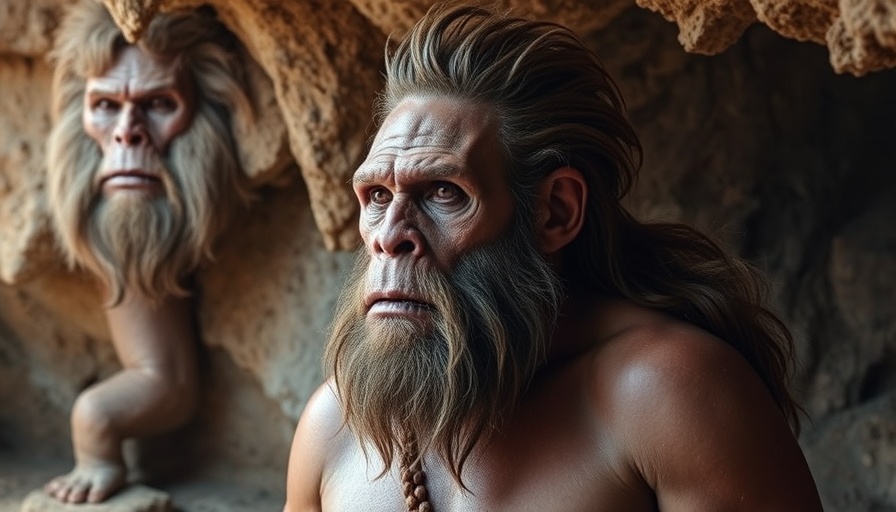
The Unraveling Mystery of Neanderthal Extinction
The extinction of Neanderthals, our closest relatives, has puzzled scientists for decades. Why did they disappear around 40,000 years ago while early modern humans thrived? Several theories have been proposed, including climate change, competition for resources, and genetic dilution from interbreeding with Homo sapiens. A new study sheds light on yet another possible factor: early humans' ability to adapt to increased radiation caused by a shift in Earth's magnetic field. This suggests that our ancestors had significant advantages that equipped them to thrive in harsh conditions.
How Earth’s Magnetic Field Affected Our Ancestors
Earth's magnetic field acts as a protective shield against harmful cosmic radiation. However, during certain periods, this field has weakened or shifted, allowing more radiation to penetrate the atmosphere. The recent study focuses on the Laschamps excursion, which occurred approximately 41,000 years ago. During this time, the magnetic field was significantly weaker, which resulted in increased solar and cosmic radiation reaching the Earth's surface. This circumstance may have been detrimental to Neanderthals but offered modern humans an opportunity to use their resourcefulness to adapt.
Neanderthals vs. Early Modern Humans: The Survival Advantage
Researchers propose that early Homo sapiens may have used natural sun protection methods—like creating clothing and using caves—to shield themselves from harmful radiation, unlike the Neanderthals who might not have had the same adaptive strategies. Early humans could craft clothing tailored to their needs and find refuge in caves, thus mitigating the effects of increased radiation. These adaptations could have given early humans a superior survival rate during a time of environmental hardship, outpacing their Neanderthal counterparts who may have struggled without similar protections.
The Societal Impact of Environmental Challenges
Understanding how environmental challenges impacted human evolution is essential, especially for areas like San Diego—which is often faced with its own ecological issues. Just as modern humans adapted to changes in their surroundings, today’s residents can draw inspiration from these historical precedents and apply them to current challenges like climate change and pollution. This study offers a timeless reminder of the resilience required to navigate life on a rapidly changing planet.
A Reflection on Human Ingenuity
This research underscores the extraordinary adaptability humans have exhibited over millennia. From crafting tools to develop clothing and mammoth-hair roofs, our ancestors leveraged every resource available to ensure their survival. As our society continues to face various challenges, from health crises to climate change, fostering this ingenuity becomes crucial. Lessons from our ancestors remind us that even in the most adverse conditions, resourcefulness can drive survival and innovation.
Embracing the Truth: A Call for Awareness
The fading distinction between humans and Neanderthals illustrates the complex tapestry of evolution that continues to unfold today. It’s vital to understand how our biological adaptability plays a role in survival not just for individuals, but for the community as well. Engaging with our local context in San Diego means recognizing local ecological issues and taking actions toward sustainable living. Awareness of our past encourages proactive engagement with our present and future, enhancing our quality of life.
This fascinating study encourages San Diego residents to reflect on the advantages of adaptability. Aligning with the insights shared here, consider exploring ways to contribute positively to our environmental well-being. Dive deeper into the numerous easy actions we can take to promote sustainability and a clean environment in our cherished city.
 Add Row
Add Row  Add
Add 




Write A Comment